From the VeloceToday Archives, December 15, 2010
By Brian Winer
Photos by Mitch Schwartzburg
It sometimes happens that a man falls in love with a car. Not just “falls in love,” no that’s not a strong enough phrase; let’s say “passionately” in love. Because how else could you explain someone buying a $300 Fiat 850 and pouring over $32,000 into it?
Nevertheless it is, by almost any standard, a work of art. Craig Way of San Diego is the man who was smitten with the Fiat 850 Spider. The car was named “Mighty Mouse” back in 1980 by sports writer Rocky Endriken after the first of two National Championships were won by the car.
Way saw the rear engined Fiat as a way to go budget-racing in SCCA Solo II autocross. He bought the 1969 car originally as a used non runner for $300 but you can see how much he’s hooked when he reveals that, at last count, the total investment passed $32,000. “Actually,” he admits, “that’s what is was when I stopped counting ten years ago.”
How can you spend so much money on such a small car? Like the Army slogan, be all that you can be, you make everything as good as it can be.
Take the engine. The engine is a 1971 version, now 927cc with a bore of 65.8 mm. He uses Venoli forged pistons with a high 13.3 to 1 compression, domed and notched for valve clearances, Total Seal gapless rings and a set of rods with ARP bolts from Pauter Machine Co. in Chula Vista, Ca. The head is from PBS, a flowed stock 903 head with domed flycut combustion chambers. The carb is a Fiat 124 coupe, rejetted, on an intake manifold from Costa Mesa R&D Machine. The rocker arm assembly is from Scuderia Topolino, aluminum roller rockers as are the 35-gram chromoly steel pushrods.
The cam is from the same source, a 300 deg. cam advanced 2 degrees with a 12mm lift. The stock valves are retained with stock 843 keepers. The crank is stock but polished and balanced. The ignition is a custom crank fire with an MSD mag pickup off the front of the crank. The flywheel is a one-off aluminum billet, weighing 3.2 pounds, spinning a Clutch Master solid 4-puck disc clamped by a stock but balanced pressure plate.
So he’s got a hot engine, the next thing is to cool it. The radiator is a Honda 1300 cc motorcycle with stock Honda fan, located in the front trunk. Air is fed to it from a 7″ pipeline from the right headlight hole. The cooling is aided by a oil pan from PBS, a two piece with a custom windage tray between halves.
The trans uses stock first and second gear but Webster custom close ratio 3rd and 4th gears. The differential is welded with a 4.89 ratio.
The chassis weighs 1321 lbs. with 39.4% of the weight in front and 60.6% in the rear. A roll cage was fabricated by D. H. Gopp & Co. of San Diego. The floor pan on the original had rusted out so D.H. Gopp made a new one for him. Craig also created a 1/8″ thick aluminum firewall to replace the original steel one.
In autocrossing you want a cat-quick car. So the steering arms were shortened for faster steering. The lower A- arm in front is custom, made by D.H. Gopp. The wheels are three piece from Compomotive, 13 x 6.5 running Hoosier slicks, R25B compound, 20 x 8 front and rear.
The shocks are Carrera aluminum coil overs front and rear. The brakes are 1979- X1/9 in front while in the rear they are 1970- 850 front calipers, all using steel braided lines. The custom steering column turns a installed Spitfire GT rack and pinion steering system, the installation by the versatile aforementioned Mr. D.H. Gopp.
The stock seats had nil side support so the driver’s seat is a BRE 2.5 liter Trans Am seat with a 3″ seat belt bolted to a custom adjustable seat track.
David Hartsuck of Oxnard, CA, joined Craig as a co-driver in 2000. A co-driver? Craig explains “SCCA Solo 2 rules allow a second driver to compete in the same car in the same class. I have always preferred a second driver for the feedback (goes both ways) and of course there is some shared costs. Dave drove the fastest 850 Spider in the USA in SCCA road racing in the 70s and early 80s, retired his efforts at that time and in 1999 I invited him to drive the Mouse which he has done since then.”
Craig told us that Mitch Schwartzburg took all the pictures in the pit area of the California Speedway, Fontana, CA. “Mitch built and competes in Vintage racing with an immaculate red Fiat 850 Spider in the California area. He was the 2009 class champion. To my knowledge Mitch and I are the only individuals actively racing 850s in the U.S.”
The car has won over 125 first place finishes and was twice national champion in SCCA Solo II, driven by Craig in 1979 and Howard Wolf in 1980.
Since then, Way has only run the car in local events in which the Mouse usually wins. But there have been periods of time when it rested in the garage. In 2001 the motor broke a crankshaft with other associated damage and it was four years before repairs were made.
The 850 is almost a forgotten car, many just think in terms of the X1/9 that superceded it. But not for this team of Fiat nuts.
“It is not a show car or a period correct restoration,” says Way, “But rather a very active competition car that tends to gather a crowd wherever it goes.” It is like an old Army warhorse, you only roll it out every few years on the eve of battle, but when you do, the enemy gets nervous.
Forza, Mr. Way….
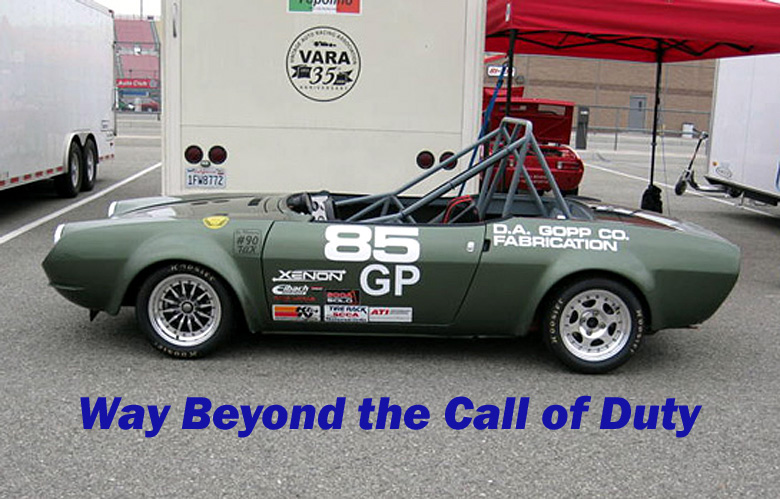
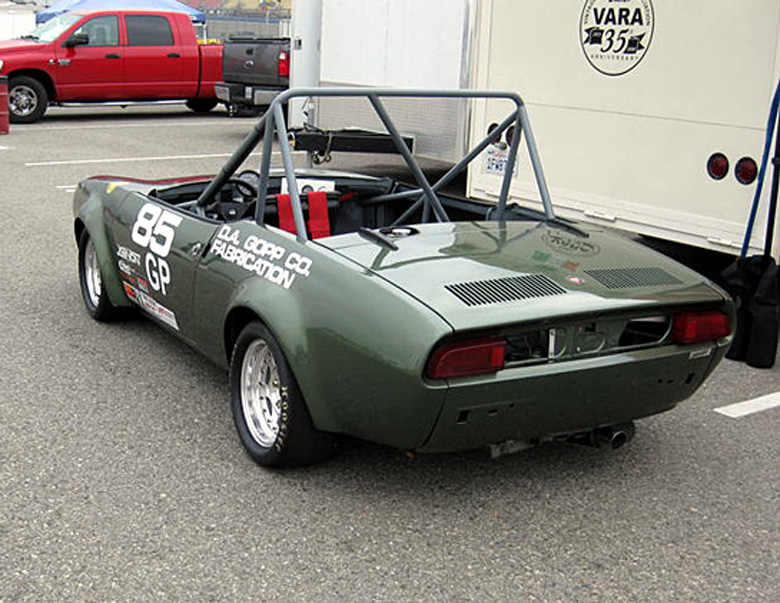
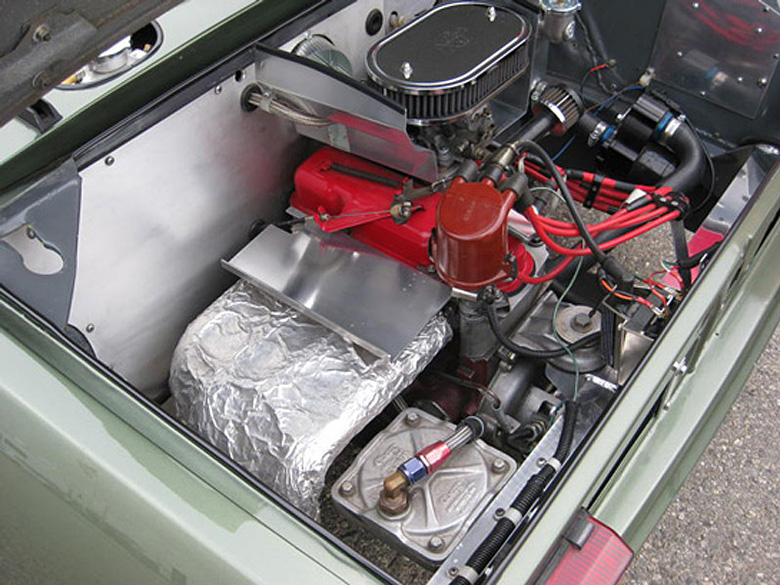
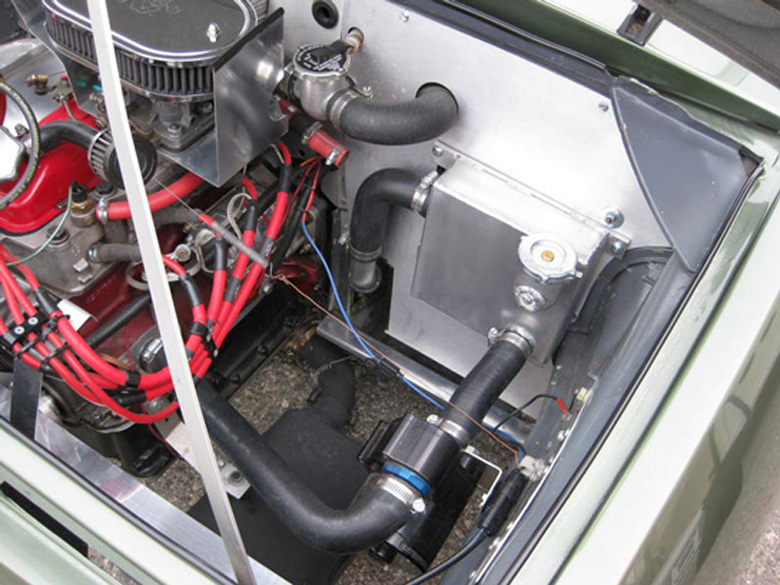
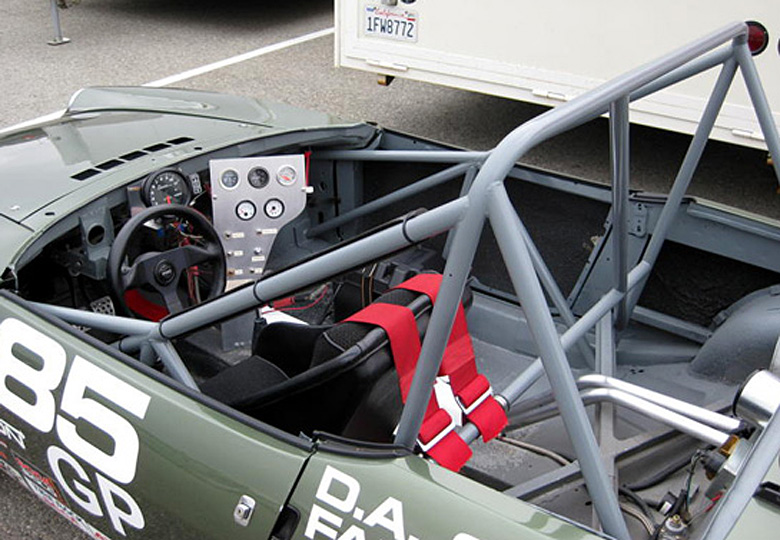
Excellent article – glad you’re getting coverage again about the Mouse. Such a beautiful car, such beautiful engineering !!!
I’ve fitted a Spitfire rack and pinion steering to make room for larger coolant lines, up over the top of the relocated gas tank in my car. A problem you don’t have, as the Mouse has no pretensions of being a street car.
Keep on racing !!! ART
Wow…. Craig Way and Dave Hartsuck, those are names that bring back memories!! I autocrossed my ’67 Fiat 850 Coupe and ’74 X1/9 back in the day when Craig & his buddy Mike were autocrossing his fast 850 Spider. Then in the mid ’70’s I raced an 850 Spider in SCCA H/Production and met Dave Hartsuck, we had fun in those early days!